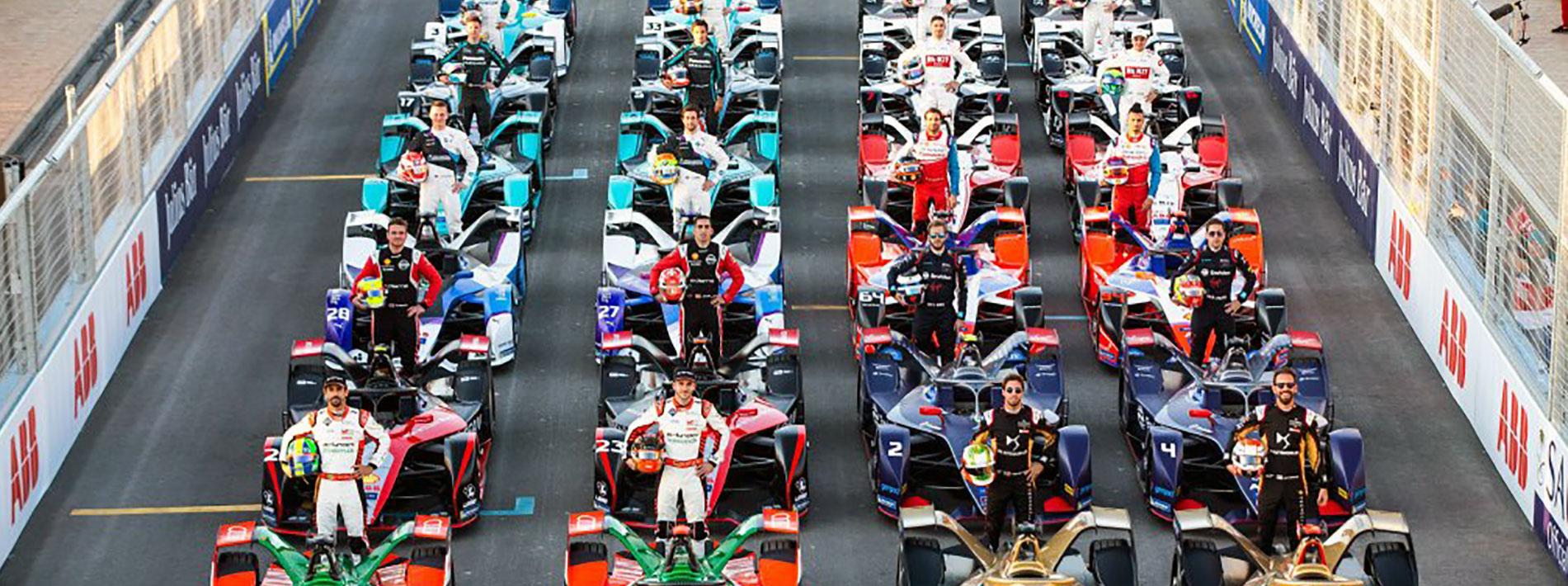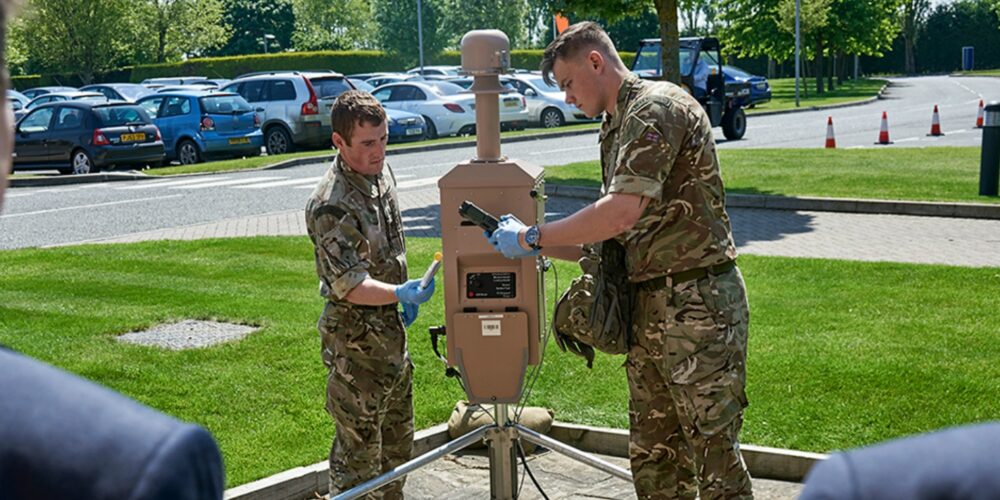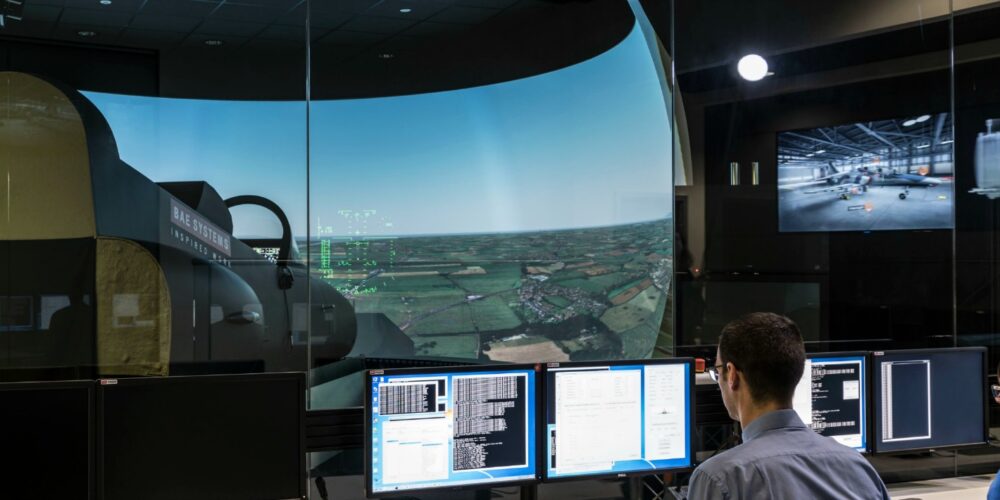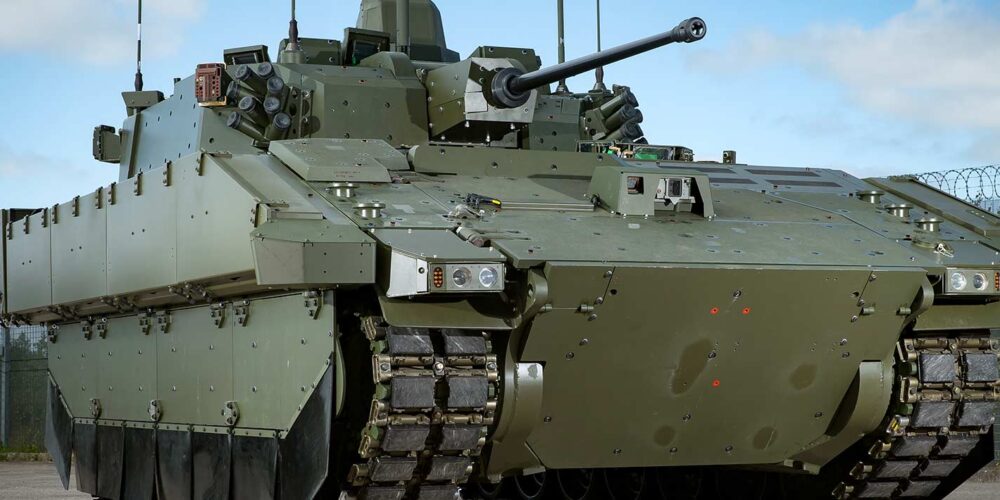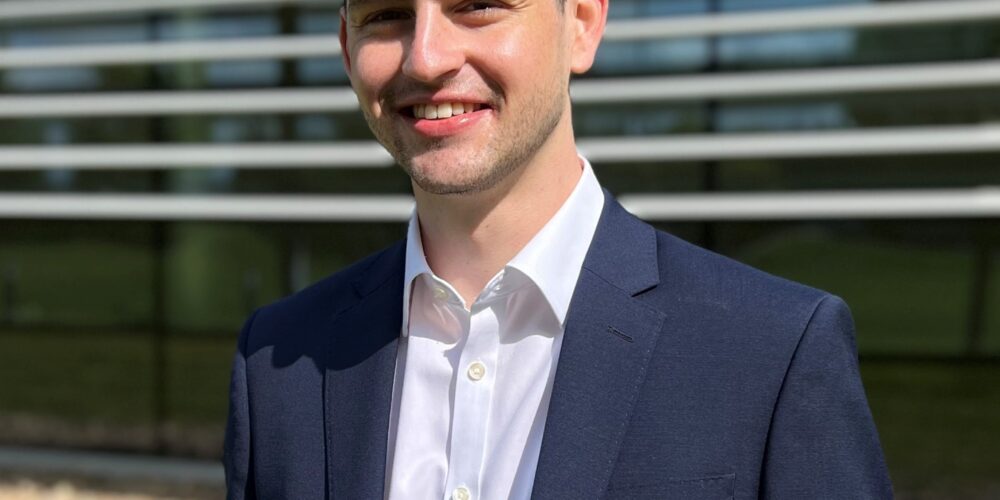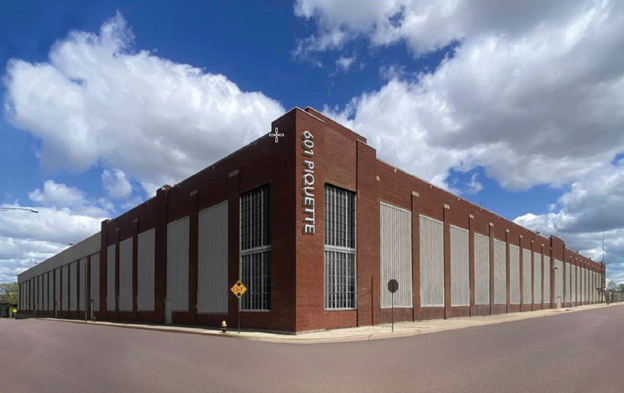By Gary Ekerold, WAE, Sporting Manager, Formula E
- Software is the new aero
- Managing energy and speed
- Keep watching the dashboard lights!
- Technology transfer from track to road
- Fast charging
- Strategic technology development
The ABB FIA Formula E electric racing series made its debut in 2014, with city centre based races promoting electric vehicle technology and clean air environments across the globe.
In the first four seasons of the championship WAE supplied the batteries for the entire grid and over 1,000 cars have raced using WAE’s batteries covering 240,000 zero emission miles. Since Season Three, WAE has been supporting Panasonic Jaguar Racing as their technical partner
We sat down with Gary Ekerold, Sporting Manager, Formula E (Panasonic Jaguar Racing) who gave us insight into things you might not have known about the pioneering series…
1. Software is the new aero
As with any racing series the hardware on a race car has a homologation period, and Formula E is no different. The electric motor, gearbox and whole powertrain units are developed and honed up to three months prior to the start of the season, then they are sealed. Break that seal and be ready for a grid penalty.
Software on the other hand can be updated throughout the season, allowing teams to constantly evolve the brain of the car, making it faster and more efficient. As aerodynamics is to F1, so software is to Formula E. It controls everything from the E-motor to the inverter as well all the elements that monitor energy consumption. Getting it right could mean the difference between a podium position or not.
2. Winning a Formula E race is about managing energy, not just speed
We all know some of the best motor racing quotes: “If you no longer go for a gap that exists, you are no longer a racing driver” and “if in doubt, flat out.” But while qualifying is indeed flat out and race craft is a key part of a driver’s armoury, Formula E requires a lot more than just sheer bravery.
Because energy conservation is so important, drivers need to learn how to drive a ‘perfect lap’: a mix of maintaining race pace and energy recovery. Drivers can take up to three years to perfect this mix of cognitive capacity and balanced speed. Keeping their right foot under control is the difference between seeing the chequered flag or stopping on the side of the track, having depleted the car’s battery.
3. Watch those dashboard lights – but go for it in the attack zones
During the race a series of lights will flash on the dash, and the driver must follow these to save energy (for instance by lifting off throttle). If a driver gets out of sequence it is very difficult to get back on track. Away from the race, teams use the simulator to practise this.
Then there are Attack Mode zones, where teams get 8mins of higher energy (35kW), which they are told about one hour before race. It is up to the teams to decide how to use this – so again conservation and management is key.
4. Tech transfer from Formula E has made Jaguar’s electric I-PACE road car more energy efficient
Energy conservation is crucial in Formula E and software is king – it helps to manage the electrical systems and instruct the driver on how to save energy during a race. But every racing driver drives a car differently, so energy use profiles can be very different. Between drivers, this difference can be small – but still enough to make a huge difference over a lap.
This is exaggerated in the real world, by how a car might be driven by any number of different types of owner. So, software has to take energy use profiles into account and Jaguar has seen an up to eight per cent improvement in efficiency of its 90kWh battery for I-PACE as a direct result of learnings on the race track.
5. EVs could soon have their charging times slashed thanks to Formula E
The technology improvements in Formula E are mapped out and constantly reviewed with teams knowing what will be implemented all the way up to Season 11. Season 9 should see increased battery charging rates, to 450kW which means batteries of the racing cars can be charged in less than 15 minutes. Race power will increase to 300kW and there will be all-wheel regeneration. Thanks to Formula E’s philosophy, technology improvements such as these are designed to be passed from track to road and developments in fast charging have chance of being the most significant positive implication for regular drivers.
6. Money spent wisely
In Formula E, you can’t run away with the championship just by flexing your wallet. Costs are controlled and the budget for a season is around ten percent of that in F1. Technology development is highly strategic as a result. For example, the battery is the biggest cost of all and teams could spend tens of millions to develop it further – but that is not what Formula E is about, so development and investment is fixed.
But that doesn’t mean development isn’t taking place. Fast charging is one example, what is also being opened up is the entire powertrain – such as the electric motor and the inverter. From different materials that can be used to better look after thermal management to inverters featuring silicon carbide – basically star dust! – in the Formula E paddock, innovation is focused, rapid and relevant.

